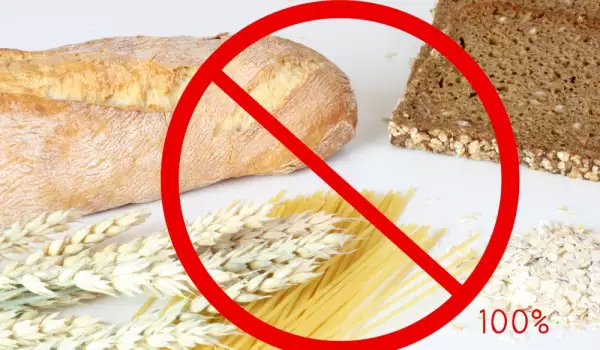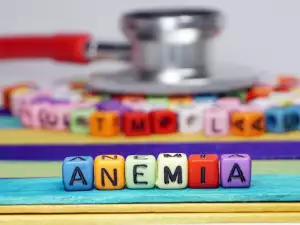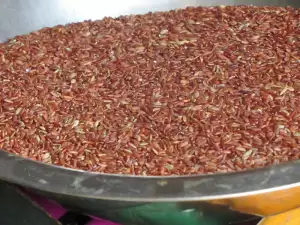Wheat allergy is a common food allergy. A wheat allergy usually appears seconds or minutes after eating.
In wheat allergy, the immune system reacts to the proteins in wheat.
Risk factors for developing an allergy to wheat are:
- heredity - if one or both of your parents have an allergy to wheat or other allergies, such as hay fever, then you are prone to this allergy;
- age - babies and young children are most at risk of developing an allergy to wheat. This is because their immune and digestive systems are not yet developed. Most children outgrow this allergy by the age of 16.
Symptoms of wheat allergy are - headache, nasal congestion, difficulty breathing, cramps, nausea, vomiting, diarrhea, hives, swelling of the skin, itching of the mouth or throat, or anaphylaxis.
Anaphylaxis is a life-threatening reaction of the immune system to wheat. In turn, anaphylaxis can cause - pale skin color, fainting, chest pain or tightness, throat tightness or swelling.

In case of anaphylactic shock, you should seek medical help immediately. This is a condition in which you have to react very quickly and there is a great danger to a person's life.
Wheat allergy treatment
The main means of avoiding an allergic reaction or improving the condition of a wheat allergic reaction is its avoidance.
Avoiding the consumption of wheat is quite difficult. Wheat is found in many foods, even those that are not supposed to contain it.
Foods that may contain wheat proteins are - biscuits, cakes, rolls, bread, cereals, breadcrumbs, couscous, semolina, starch, crackers, soy sauce, dairy products, meat products, gelatin, vegetable resin and others.
In some cases, it is necessary to use medicines when getting an allergic reaction to wheat. People who are allergic to wheat should be careful with the consumption of oats, rye and barley.




















Comments